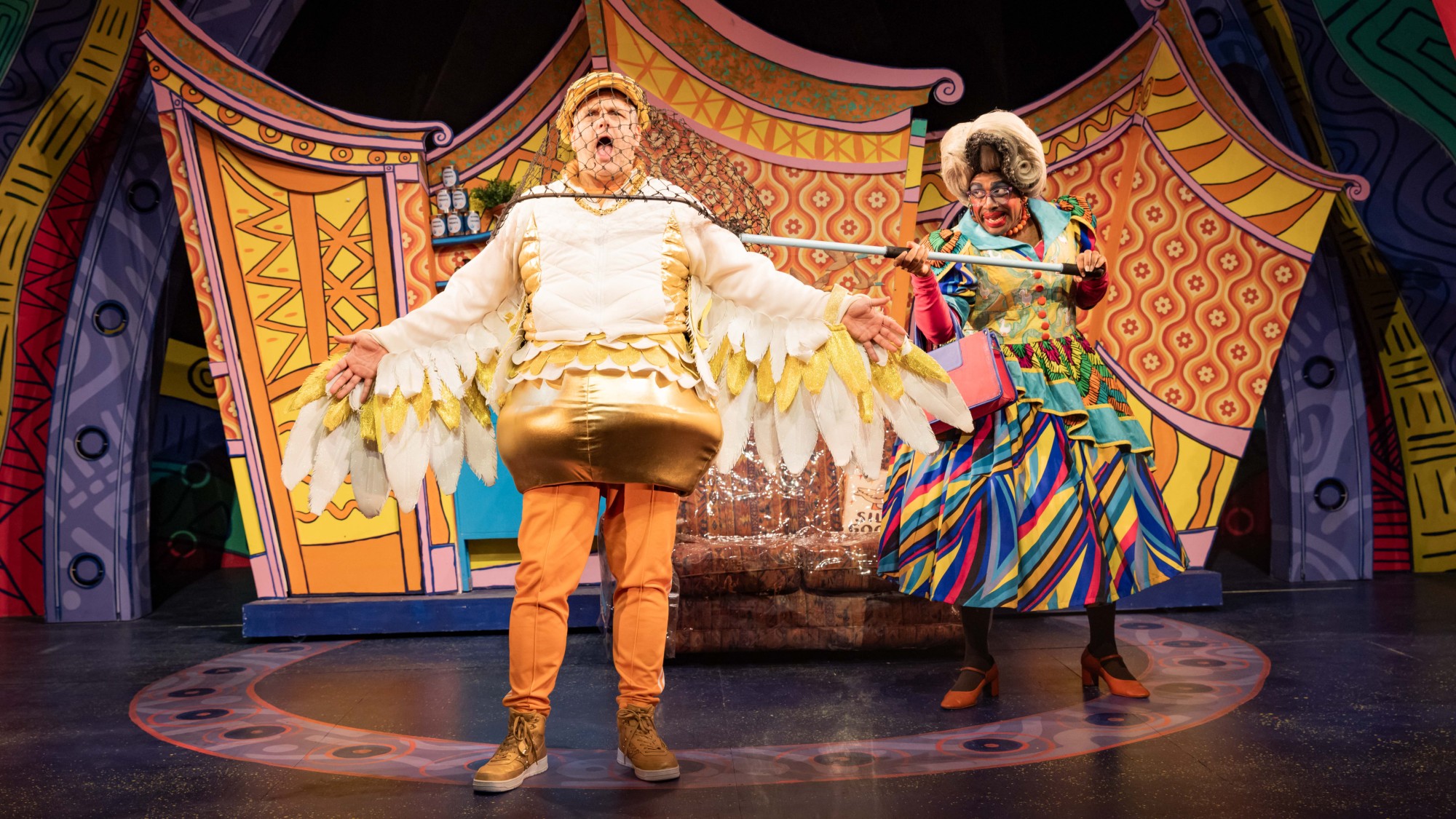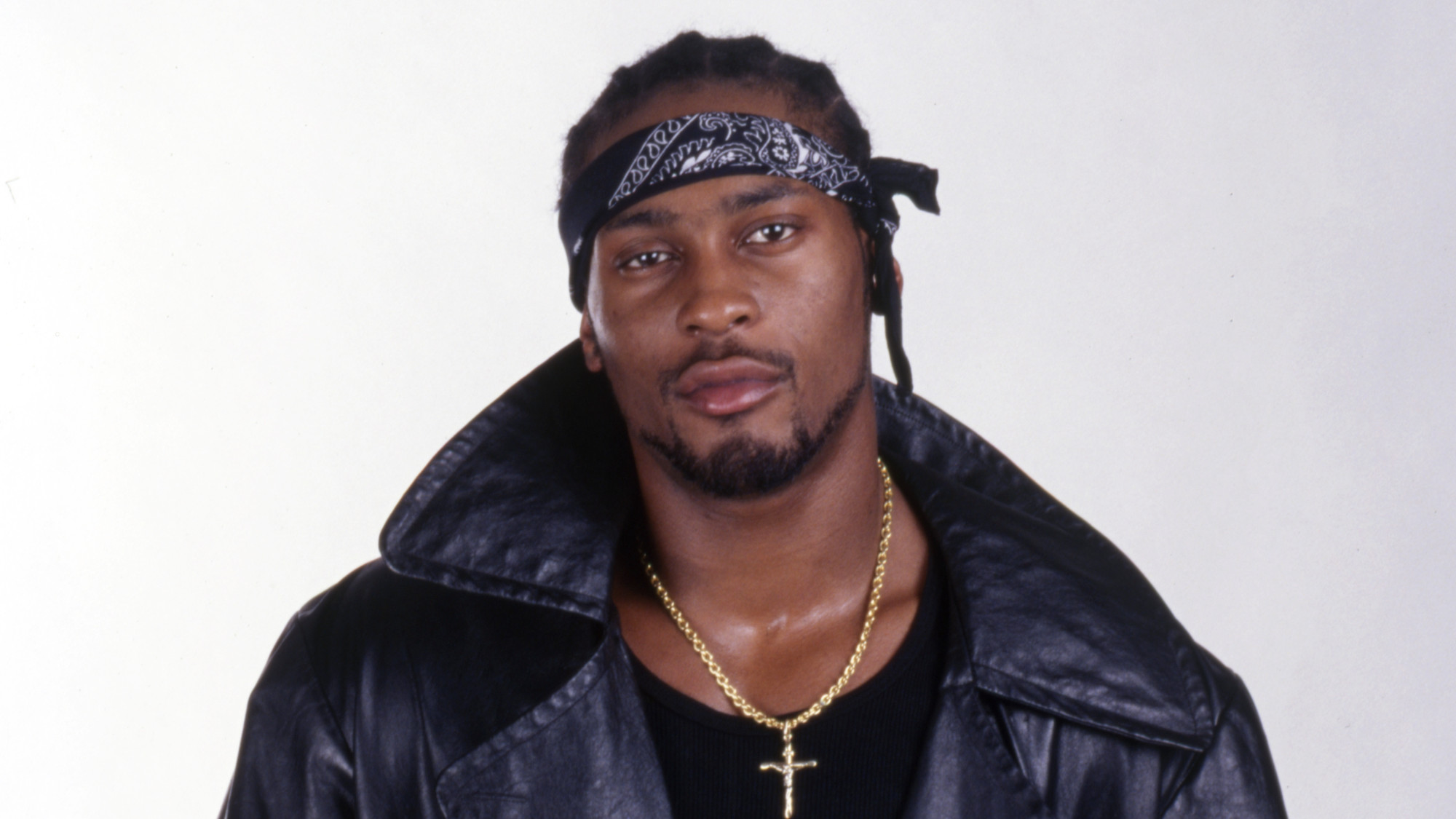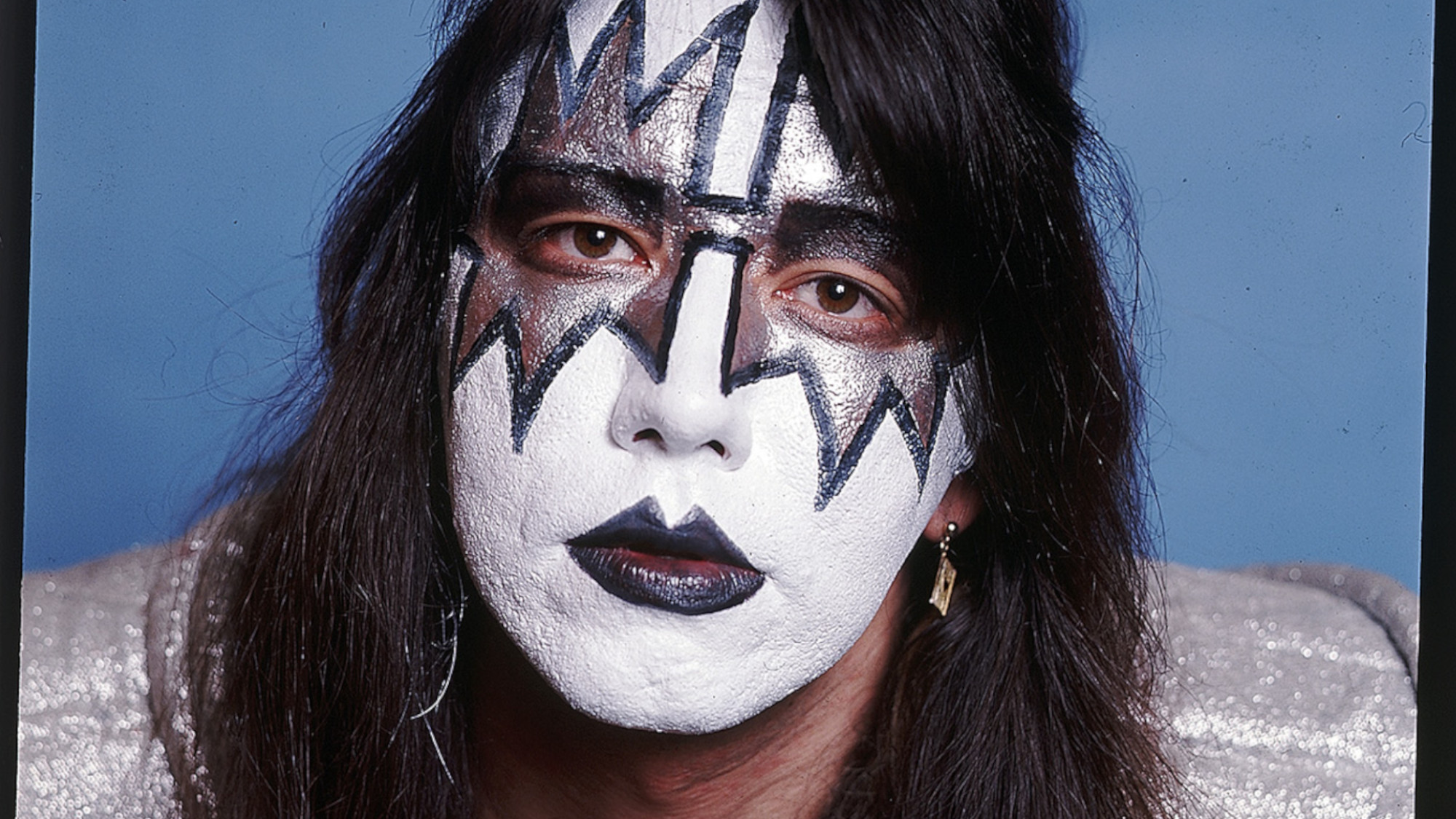Knut Haugland
The ex-commando who sailed on Kon-Tiki
Knut Haugland
1917–2009
Knut Haugland, who has died at 92, was one of Norway’s most celebrated adventurers. During World War II he helped lead a daring raid on a suspected Nazi atomic facility. Later, he sailed 4,300 miles across the Pacific aboard a raft named Kon-Tiki. He was the last survivor of the six-man crew headed by Thor Heyerdahl.
The Week
Escape your echo chamber. Get the facts behind the news, plus analysis from multiple perspectives.

Sign up for The Week's Free Newsletters
From our morning news briefing to a weekly Good News Newsletter, get the best of The Week delivered directly to your inbox.
From our morning news briefing to a weekly Good News Newsletter, get the best of The Week delivered directly to your inbox.
A military radio operator, Haugland joined the resistance when Norway fell to Germany in 1940. In November 1942, his unit was charged with reconnoitering a major hydroelectric plant near Rjukan that could produce tons of deuterium oxide, or heavy water, a key component of atomic-bomb research. For three months they waited for reinforcements, hiding on a frozen plateau in subzero temperatures. “Food was so short they resorted to eating the contents of a reindeer’s stomach,” said the London Independent. “Haugland’s job was to keep in contact with the British using a radio he had fashioned from a stolen fishing rod and an old car battery.” Finally, in February 1943, Haugland’s team and six other men infiltrated the plant and blew up its heavy-water equipment without firing a shot.
After the war, Haugland joined his fellow veteran Heyerdahl on an expedition to test a theory that South American Indians may have been the first peoples to settle the Polynesian Islands. On April 28, 1947, Kon-Tiki—“a raft composed of nine balsa tree trunks, each 45 feet long, lashed together with hemp ropes”—set sail from Peru, said the London Daily Telegraph. Haugland, who handled the radio, “was involved in two of the expedition’s most dramatic incidents.” Once, while swimming, he was nearly eaten by a shark. Later, he saved crewman Herman Watzinger when he fell overboard. When Kon-Tiki was beached on an uninhabited isle in the Tuamotu group after 101 days, Haugland sent out the “all well” message that signaled their arrival. The adventure was the basis of a best-seller by Heyerdahl as well as an Oscar-winning documentary.
For many years, Haugland ran both the Norwegian Resistance Museum and the Kon-Tiki Museum. His wife and three children survive him.
A free daily email with the biggest news stories of the day – and the best features from TheWeek.com
-
 The UK’s best Christmas pantos
The UK’s best Christmas pantosThe Week Recommends Dive into the festive cheer, even into the new year, with some traditional favourites and modern twists
-
 The longevity economy is booming as people live longer
The longevity economy is booming as people live longerThe Explainer The sector is projected to reach $27 trillion by 2030
-
 Sudoku hard: December 11, 2025
Sudoku hard: December 11, 2025The daily hard sudoku puzzle from The Week
-
 R&B singer D’Angelo
R&B singer D’AngeloFeature A reclusive visionary who transformed the genre
-
 Kiss guitarist Ace Frehley
Kiss guitarist Ace FrehleyFeature The rocker who shot fireworks from his guitar
-
 Robert Redford: the Hollywood icon who founded the Sundance Film Festival
Robert Redford: the Hollywood icon who founded the Sundance Film FestivalFeature Redford’s most lasting influence may have been as the man who ‘invigorated American independent cinema’ through Sundance
-
 Patrick Hemingway: The Hemingway son who tended to his father’s legacy
Patrick Hemingway: The Hemingway son who tended to his father’s legacyFeature He was comfortable in the shadow of his famous father, Ernest Hemingway
-
 Giorgio Armani obituary: designer revolutionised the business of fashion
Giorgio Armani obituary: designer revolutionised the business of fashionIn the Spotlight ‘King Giorgio’ came from humble beginnings to become a titan of the fashion industry and redefine 20th-century clothing
-
 Ozzy Osbourne obituary: heavy metal wildman and lovable reality TV dad
Ozzy Osbourne obituary: heavy metal wildman and lovable reality TV dadIn the Spotlight For Osbourne, metal was 'not the music of hell but rather the music of Earth, not a fantasy but a survival guide'
-
 Brian Wilson: the troubled genius who powered the Beach Boys
Brian Wilson: the troubled genius who powered the Beach BoysFeature The musical giant passed away at 82
-
 Sly Stone: The funk-rock visionary who became an addict and recluse
Sly Stone: The funk-rock visionary who became an addict and recluseFeature Stone, an eccentric whose songs of uplift were tempered by darker themes of struggle and disillusionment, had a fall as steep as his rise